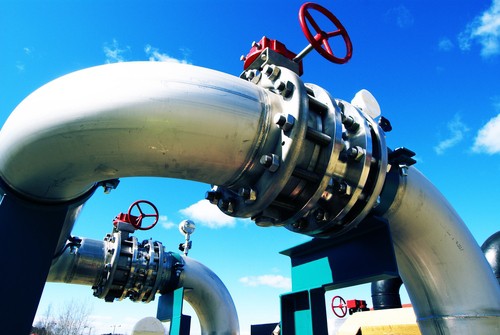Editor’s Note: This content was last updated 4/1/24.
Innovation in renewable fuels
In the past decade, nations have sought new renewable fuel sources, including landfill, biodiesel, and even sewage. With an overabundance of sewage, Japan was an early adopter of this technology.
Japan’s sewage system covers roughly 80 percent of the land area where most people live through approximately 279 miles of pipelines. The Japanese Land, Infrastructure, Transportation and Tourism Ministry said there’s certainly no lack of sewage in the country and that the issue is persistent.
For that specific reason, the nation’s leaders leaned into the technology to use sewage as renewable energy. For example, a facility in Tokyo, built in 2021, converts sewage sludge into renewable hydrogen gas for fuel-cell vehicles. This one location near Tokyo Bay processes 1 ton of dried sewage sludge daily, generating enough hydrogen to fuel ten passenger vehicles each day.
In February of 2024, researchers from the University of Cordoba, Spain, announced the development of a sustainable method to convert sewage sludge from wastewater treatment into activated carbon. Activated carbon is used for water and air purification, environmental remediation, gas purification, chemical processing, and in the food, beverage, medical, and pharmaceutical industries for adsorbing impurities and contaminants.
How the sewage treatment works
Sewage is processed in various ways for various applications, but it is often pulled into a processing center through a heat pump and given heat treatment via shell and tube heat exchangers. Once complete, the energy produced from the process can be reallocated to heat, cool, generate power, and more.
In Albany, New York, city officials installed an $8.6 million power generator to turn sewage at the wastewater plant into harnessed energy. The North Wastewater Treatment Plant, located in Menands, New York, said the system saves taxpayers roughly $400,000 a year and can supply approximately 75 percent of the plant’s energy through the disposal process.
They noted that sewage sludge is renewable energy powered, literally, by the people, and it’s always available. New energy systems like this one not only help cities with daily energy needs but also help in critical times when power surges occur on the grid.
More from the Enerquip Blog
- 7 Ways Shell & Tube Heat Exchangers Outperform Plate & Frame
- The Art and Science of Film Temperature to Achieve Goldilocks Efficiency
- Decoding the Delicate Balance of Sizing Shell and Tube Heat Exchangers
- Machined vs. Fabricated Channels
- Understanding Finish Requirements for Shell and Tube Heat Exchangers

